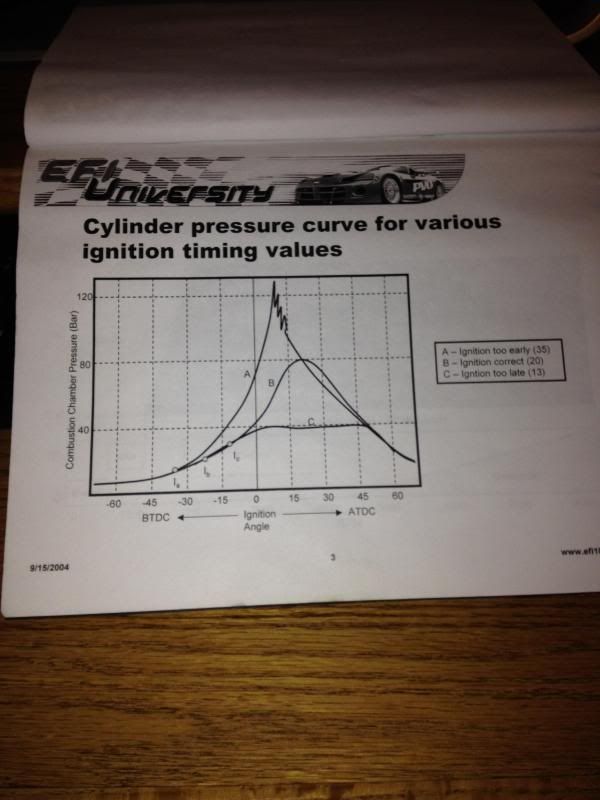Quote:
Originally Posted by RustyLugNut

But unless you are pgfpro, the shear audacity of the undertaking leaves most people to attack the low hanging fruits of Ecomodding - aerodynamics, weight and rolling resistance. By definition, all Ecomodder's are crazy, but pgfpro and others are reaching for the mountain peak, the last few percent.
There are numerous books and papers that discuss combustion dynamics, but the basics follow the outline to increase flame speed and the heat/pressure release to drive the piston. Flame speed is increased by:
added fuel. Increasing mixture richness or lower AFR.
added pressure. Flame velocity is lower at partial throttle, higher at full and boosted levels - all else being equal.
added turbulence. Flame velocity is increased with added port tumble, squish and piston dome shaping.
added heat. Especially at the spark ignition point, a hotter fuel mix contributes to flame speed.
added chemical reactivity. Racers have used various compounds over the years to not just fuel, but change the engines power profile. Nitro-methane and hydrogen peroxide are just two that have been used.
I will briefly discuss the first four points as a group and then the last point in a more extensive fashion as that relates to the original post. As both Niky and Tvago have pointed out, water injection and EGR change the chemical reactivity rates and surprisingly to some, they can be used to accelerate and stabilize certain flame situations when all logic tells us they would quench the flame.
|
All five categories I have played with

#1)
My most hated part of my lean burn engine. The leaner you go the more ignition advance you will have to run due to a slower lean A/F flame speed.

More ignition advance lowers efficiency due to the piston fighting high cylinder pressure before TDC.

This becomes even more of a problem when running a lean burn engine during light load conditions. At light load you are making very low power, and the effects are much much greater on power out-put by percent.
Back to my first problem... running to much ignition advance knowing the engines efficiency is suffering from it? So I add fuel to increase flame speed. Add fuel power goes up, "what... I don't need any more power", that's why I did all those aero mods to run less power at light load??? So I'll fix that by less throttle pedal. But now I increased engine vacuum so I just increased pumping losses. Crap!!!! Plus decreased flame speed due to partial throttle, so my ignition advance needs to go back up.

#2) is my solution, "turbo charge my N/A engine". Lean burn engines want more ignition advance and thus decrease engine efficiency, but I can offset some of that by utilizing number two.

At light load I can run at zero vacuum or at freeway speeds and a positive boost of around 2 psi. Pumping loses are improve drastically and flame speed is back where it needs to be so I can run less ignition.
#3) I need to add turbulence. This is part of my intake port runner design to feed air and fuel to the top of the port across the exhaust valves and tumble downward over the top of the piston and back toward the intake valves.
#4) Add heat to increase flame speed. At light load my turbo compound system runs with no inter-cooler. IAT temps are 200*F or more. Lean burn helps also with this due to a lower fuel endothermic reaction.
#5) now hang because this is where it gets a little strange. Last year I did testing at light load lean burn using Nitrous-Oxide to increase flame speed. It work awesome!!! I was running as little as 5* BTDC advance with no miss fire and no eternal damage. Keep in mind the amount of N2O was equal to a N2O solenoid leak. Around 2.52 lbs/hr of N2O. Not cost effective ($3.25 a lb. my cost) but interesting to say the least. lol